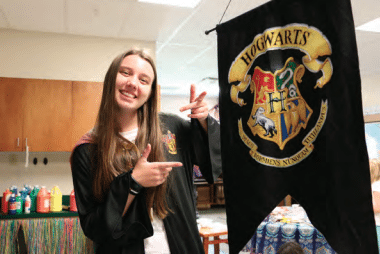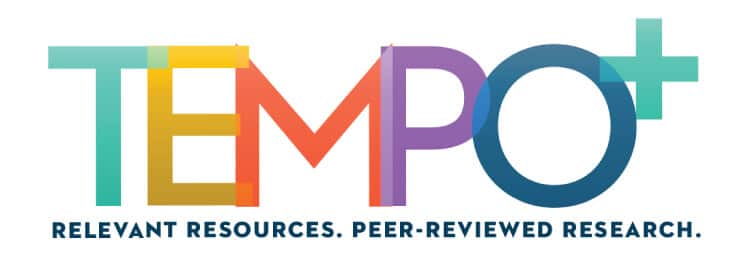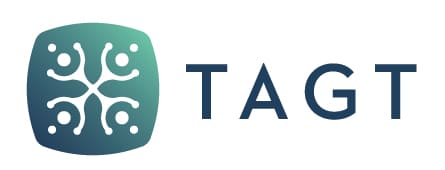Think about your gifted students—chances are, many of them have something they are intensely passionate about. Whether it’s writing poetry, building robots, or saving the environment, gifted students’ passions often start early and stick around. As Laila Sanguras explains in her book, Grit in the Clasroom, “Not only must early elementary classes be places of passion building, but we can’t lose focus when students move on to middle and high school” (p. 103).

An initiative at E. A. Young Academy in North Richland Hills aptly recognizes the beauty of passion—at all ages. The school’s IGNITE! Summer Intensives couples younger students exploring areas of interest with older students serving as Teaching Fellows. According to E. A. Young’s Gifted Community Engagement Coordinator Mattie Oveross, the Teaching Fellows are unique “student teachers” who “have the experience of teaching in areas they are passionate about while [working] with mentors that could help them further develop skills such as lesson planning and classroom management.”
Teaching Fellows volunteered for the program, selecting from predetermined course content that fit their interests, then worked with adult instructors to “develop at least one lesson in which they planned activities, bought and acquired resources and supplies, and then implemented their plan,” Oveross explains, adding that “Most of the teaching fellows also assisted their instructors in developing other lesson plans and throughout the week and all the teaching fellows served as ‘assistants’ to help direct, manage, and implement content.”

Many of the teaching fellows aim to one day be teachers, making these experiences invaluable to their future careers, but more importantly, they all love the course content enough to serve as enthused mentors for their younger charges. For example, one Teaching Fellow, Lindsey, jumped at the chance to help instruct a course on geology. She noted that being able to take part in a course that “was perfect for me” not only increased her own knowledge on the topic, but allowed her to see the benefits of sharing one’s passions: “Being excited about what you teach can mean you’re willing to put in the extra time to make something great. Not to mention, the more involved and passionate you are, the more your students are.”
Carol Raymond, E. A. Young’s Director of Assessment and Special Programs, suggests that Lindsey’s experience is common among the students who take part in the Teaching Fellow’s program. She adds that the fellows have a unique opportunity to not only work with gifted children, but also with gifted adults—ones who genuinely enjoy the course content. “Working side by side with gifted adults and collaborating with them becomes a social-emotional mentorship relationship and a partnership that they will have with that adult for years to come,” Raymond notes.
The benefits of a program like the Teaching Fellows don’t stop there. Raymond also stresses the importance of her Fellows learning intellectual humility: “no matter how much you prepare, when you are teaching gifted kids who are attending a class that is in their area of interest, they are likely to know more than you!” Katarina, a Teaching Fellow who instructed her class on the creation of Rube Goldberg machines, echoes this idea, remarking that she “learned from them as much as they learned from me.”
Katarina also discovered more about what it means to be gifted from her experience: “Gifted scholars are excited and fun to teach. They do not only quickly grasp new concepts, but want to learn. They love challenges. Also, they help other students, eager to share their knowledge. They come into the class curious and are sad to leave because they want to learn even more.”
Combining these curious learners with their passionate student instructors suggests the Teaching Fellows program, which continues to grow each year, might just be the spark these learners need to cultivate perseverance and true tenacity to achieve their learning goals.
Reference
Sanguras, L. Y. (2017). Grit in the classroom: Building perseverance for excellence in today’s schools. Waco, TX: Prufrock Press.







